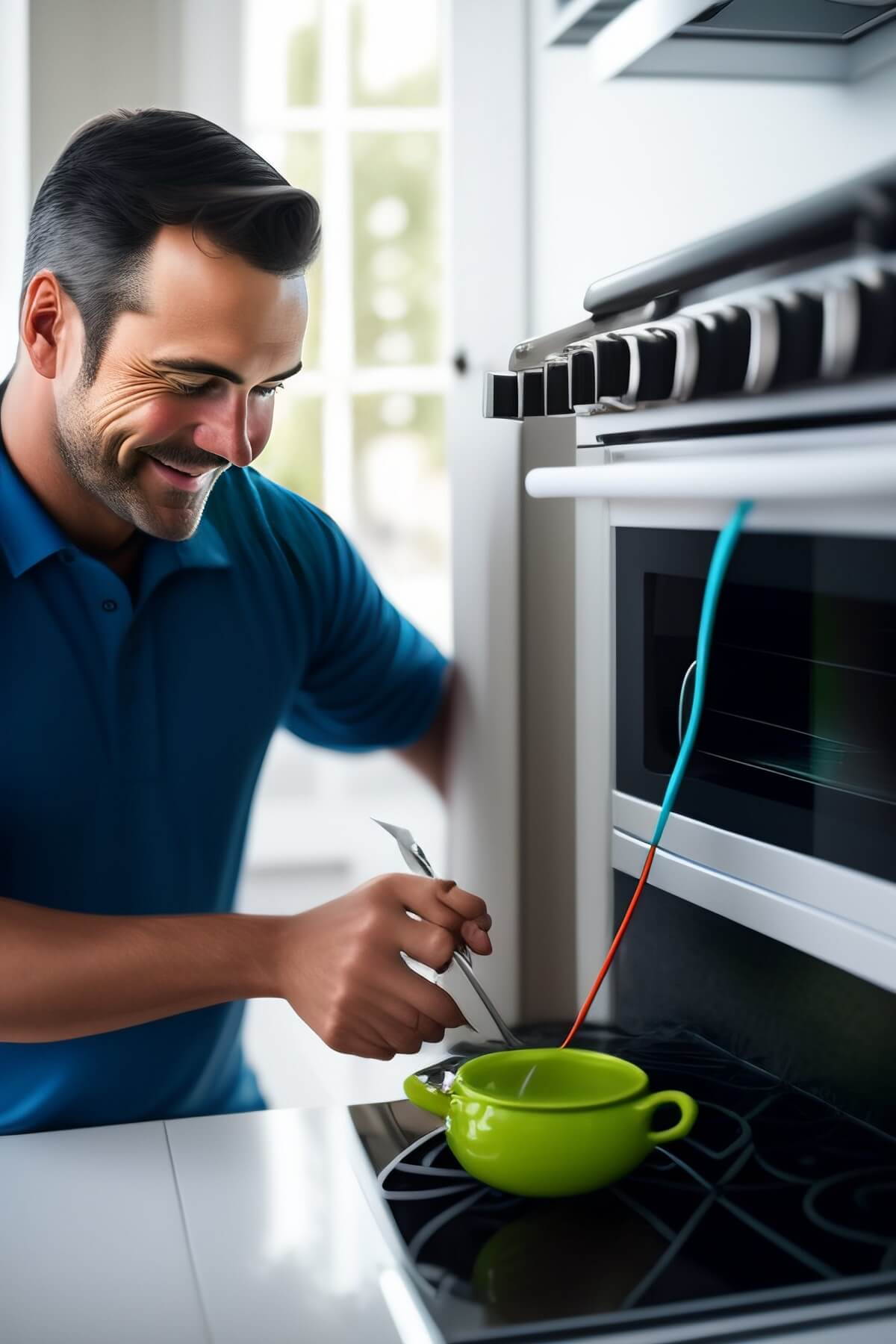Electric stoves are a common appliance in many households, offering convenience and efficiency in cooking. However, like any other appliance, electric stoves can encounter issues over time. Understanding the basics of electric stove repair can save you time and money, and ensure your stove operates smoothly. This article will guide you through common problems, troubleshooting steps, and repair tips for electric stoves.
Common Electric Stove Problems
1. Stove Not Heating
One of the most common issues with electric stoves is when the stove burners or oven do not heat up. This can be caused by several factors, including a faulty heating element, a broken burner, or an issue with the stove’s electrical connection.
2. Uneven Heating
Uneven heating can be frustrating, leading to poorly cooked food. This problem often stems from a malfunctioning heating element, an inaccurate thermostat, or issues with the oven’s temperature sensor.
3. Stove Burner Won’t Turn Off
If a stove burner won’t turn off, it can be a significant safety hazard. This problem usually results from a faulty switch or a damaged wiring connection within the stove.
4. Error Codes
Modern electric stoves come equipped with digital displays that show error codes when something goes wrong. These codes can indicate a variety of issues, from sensor malfunctions to more complex electronic failures.
Troubleshooting Electric Stove Issues
1. Check the Power Supply
Before diving into more complex troubleshooting, ensure that your stove is properly plugged in and that there is power to the outlet. A tripped circuit breaker or a blown fuse can often be the simple cause of a stove not working.
2. Inspect the Heating Elements
If a burner is not heating, inspect the heating element for visible damage or wear. You can test the heating element with a multimeter to check for continuity. If there is no continuity, the element needs to be replaced.
3. Test the Burner Switch
For burners that won’t turn off or fail to heat, the issue may lie with the burner switch. You can test the switch using a multimeter. If the switch is faulty, it will need to be replaced.
4. Examine the Oven Thermostat
If the oven is not heating correctly, the thermostat could be the culprit. The thermostat regulates the oven’s temperature, and if it’s not functioning properly, it can lead to uneven cooking. Replacing the thermostat can resolve this issue.
5. Consult the Error Codes
Refer to the stove’s user manual to decode any error messages displayed. This can provide specific guidance on what part of the stove is malfunctioning and what steps to take next.
DIY Electric Stove Repair Tips
1. Safety First
Always prioritize safety when repairing your electric stove. Unplug the appliance or turn off the circuit breaker before performing any repairs to avoid electrical shocks.
2. Use Proper Tools
Having the right tools is essential for any repair job. Common tools for electric stove repair include a multimeter, screwdriver set, and replacement parts like heating elements or switches.
3. Follow the Manual
Your stove’s user manual can be a valuable resource, providing diagrams and instructions specific to your model. Follow the manual closely when performing repairs to ensure accuracy and safety.
4. Replace Faulty Parts
If you’ve identified a faulty component, such as a heating element or switch, replacing it can often restore your stove’s functionality. Ensure you purchase compatible replacement parts for your specific stove model.
5. Know When to Call a Professional
While many electric stove repairs can be done at home, some issues may require professional expertise. If you’re unsure about a repair or if the problem persists despite your efforts, it’s best to call a certified appliance repair technician.
Preventive Maintenance for Electric Stoves
Regular maintenance can extend the lifespan of your electric stove and prevent common issues. Here are some preventive measures to keep your stove in top condition:
1. Clean Regularly
Keeping your stove clean, especially the burners and oven cavity, can prevent build-up that can affect performance. Use appropriate cleaning agents and avoid abrasive materials that can damage surfaces.
2. Inspect Cords and Connections
Periodically check the power cord and connections for any signs of wear or damage. Replace any frayed or damaged cords immediately to avoid electrical hazards.
3. Test Elements and Switches
Regularly test the heating elements and switches to ensure they are functioning correctly. This can help you catch potential issues early before they become major problems.
4. Follow Manufacturer’s Instructions
Adhering to the manufacturer’s guidelines for usage and maintenance can significantly enhance your stove’s performance and longevity. This includes using the stove within recommended temperature ranges and avoiding overloading burners.
Conclusion
Electric stove repair doesn’t have to be daunting. By understanding common problems, troubleshooting effectively, and performing regular maintenance, you can keep your stove in optimal working condition. Remember to prioritize safety and consult professionals when necessary to ensure your repairs are both effective and safe.
